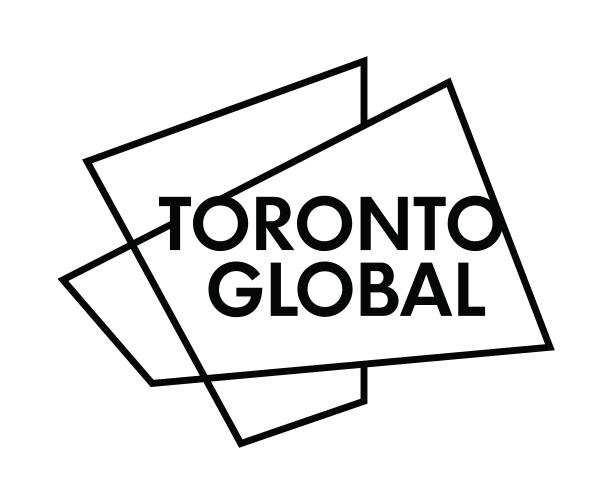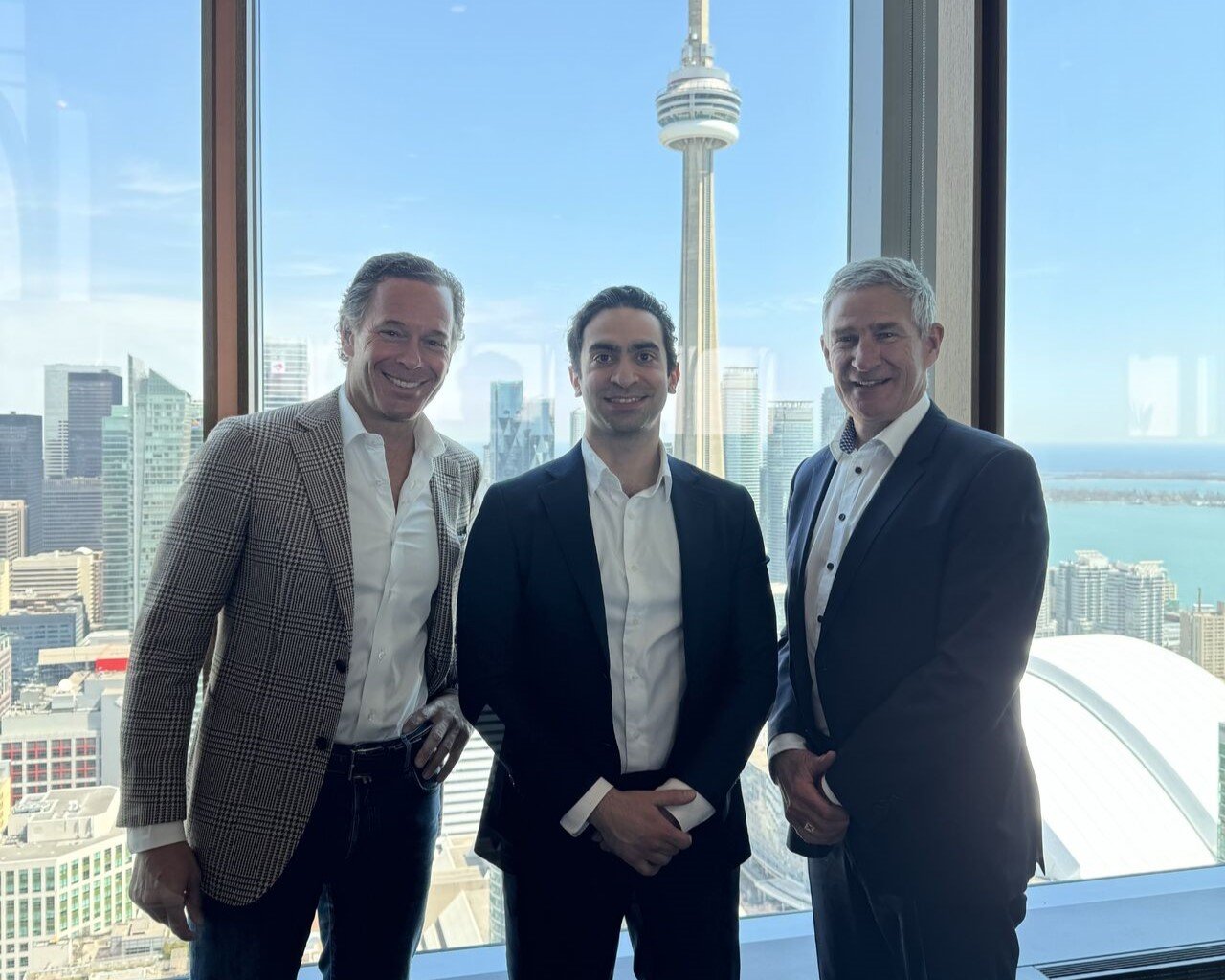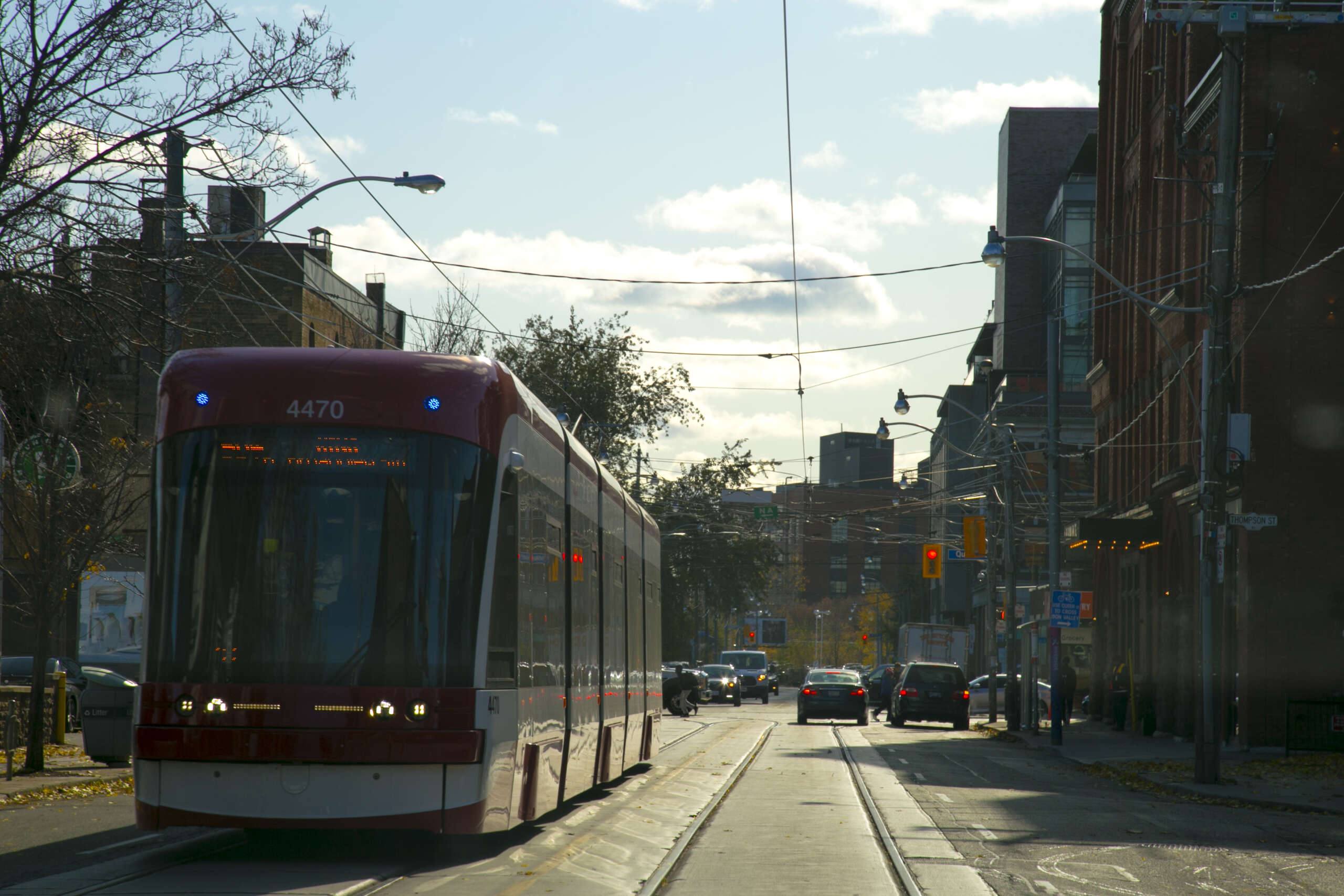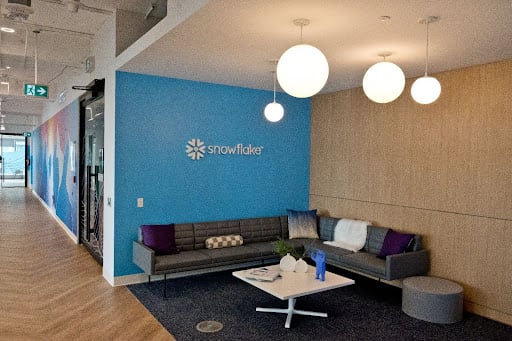Introduction of Equity
My name is Laura Hernández, and I am an Economic Development Coordinator. I have been at Toronto Global for about ten months. My job involves developing and implementing initiatives with our municipal partners that enhance collaboration between Toronto Global and other Economic Development Offices. That is precisely what I love the most about my job—building stronger relationships with our stakeholders while identifying opportunities for regional economic development that will have a meaningful impact on the Toronto Region. I have recently been appointed as a Co-Chair of the DEI committee at Toronto Global, and I look forward to finding ways to make an impact here as well.
What does DEI mean to you, and why is it important?
DEI is a discussion of many concepts at once, and I believe it is important to break it down to understand it fully. First, diversity involves recognizing and appreciating differences in people, including their backgrounds, experiences, and perspectives. It is also the presence of variety within groups of people – especially within groups who have been discriminated against or underrepresented.
Equity means ensuring people, regardless of who they are, have access to the opportunities and resources they need to succeed and have a place in society. Equity comes from a mindset of accepting that privilege and barriers exist and as a result, we all don’t start from the same place, but equal access addresses the imbalance.
Finally, inclusion means welcoming and truly valuing people for what they contribute. No matter your race, culture, religion, gender, sexual orientation, age, or disability, you are accepted.
As a woman of colour and immigrant, DEI helps me recognize the unique views I bring to the table from a different context. However, it can be difficult to navigate spaces that are not always welcoming or inclusive, which can lead to a sense of isolation, and sometimes it adds the pressure of feeling like I have to work harder to prove myself.
I’ve been very privileged to have access to resources and experiences that have built who I am today. Still, I acknowledge that not all women in my culture have had the same opportunities. Understanding that is part of my education on this topic.
When I moved abroad, I realized I had so much to learn about how other people see my culture and their ideas about Colombia. It has not always been pleasant to hear negative comments about my home country, but I feel responsible for telling a different story. I am proud to celebrate my background, which is exactly how I experience DEI.
As a co-chair of the Toronto Global DEI committee, I want to cultivate and implement initiatives that create a welcoming and inclusive environment for everyone. It is important to build a place where people feel comfortable sharing their thoughts and perspectives, which allows people to be more creative and disruptive.
When people can be themselves, they come up with unique ways of solving problems. We are a diverse organization, and our teams are full of stories. That is so powerful, and we need to make sure that those stories are being told.

I recognize the importance of implementing strategies and having a set of goals that we want to achieve in the short and long term. That helps us be accountable and to measure progress in our actions.
DEI discussions in the workplace have increased significantly over the last couple of years, and we are very lucky to live in this exciting time. Having the opportunity to talk about these issues and raise awareness about these topics make us a stronger organization.
What does International Women’s Day and this year’s theme of #EmbraceEquity mean to you?
International Women’s Day is an occasion to acknowledge the political, economic, and social challenges women have experienced, which unfortunately, many still experience today. This day matters because it helps us understand that there is still work that needs to be done to achieve equality, especially in gender parity and the wage gap.
This year’s theme, #EmbraceEquity is about championing the idea of equity for women and hopefully materializing it into action. It is true that women experience different circumstances and resources that are not always allocated in a fair way. Equity is not about giving everyone the same thing but giving women what they need, taking into account diverse lived experiences and adapting to situations according to those differences.
What is your approach to bridging cultural differences with international companies hoping to come to Canada?
Cultural differences make Canada and the Toronto Region an ideal destination for international companies. When they relocate or expand their operations here, companies bring their most important asset: people. People with unique backgrounds, ideas, and knowledge strengthen our local ecosystem. My approach to bridging cultural differences is welcoming and learning about their beliefs and values and sharing what we Canadians value in our culture.
The most important element of this approach is to be respectful and open-minded and listen to what others have to say and share. Diversity is our value proposition to international companies, and it comes from the idea that people can feel at home and safe here.
Tell us about a family/community/cultural tradition, holiday, or celebration you look forward to most each year.
The celebration I look forward to most each year is New Year’s Eve. It is all about goals and a positive mindset for the coming year. I love it!
In Colombia, we have some tricks and rituals to help ourselves out and make sure the new year will be a blast. My favourite tradition is eating 12 grapes at the turn of the year. We make a wish that we want for each of the 12 months of the year. After wishing our family and friends a happy new year, we sit together and eat our grapes thinking about our wishes. Some Colombians take that very seriously and do it at each strike of the clock at midnight, which sometimes is quite challenging to eat 12 grapes in 12 seconds. I love to take my time and put a lot of thought into those wishes.
Where/what is your favourite place/memory in the Toronto Region, and why?
My favourite places in the Toronto Region are the Distillery District and St. Lawrence Neighbourhood. To me, it is a great example of a 15-minute city! You can access entertainment, cool shops, restaurants, parks, schools, public transit and highways, all in one area. It was one of the first places in Toronto I explored when I moved here, and it holds a special place in my heart.
Tell us something that most people would be surprised to learn about you. How many languages do you speak?
I am a fast learner, but I did not realize this until I moved to Toronto. When I came to Canada, I had to start again by learning the language, adapting to the culture, and learning how everything works here. I loved the challenge and became fluent in English in six months! I was lucky to have so much support from my family and went to an excellent ESL school. Since then, I have built the skills to learn new things quickly. The challenge and opportunity to come to Toronto made me more confident and empowered with who I am.
Tell us about your family/children/pets.
Like many immigrants, I handle a split heart when talking about family. Most of my family lives in Colombia, and I miss them every day. But I am also fortunate to have my partner James, his family, and our beloved cat Gus.
What’s your personal mantra or favourite quote?
Trust the process and “As long as you are still alive, you have the chance to start again.”




